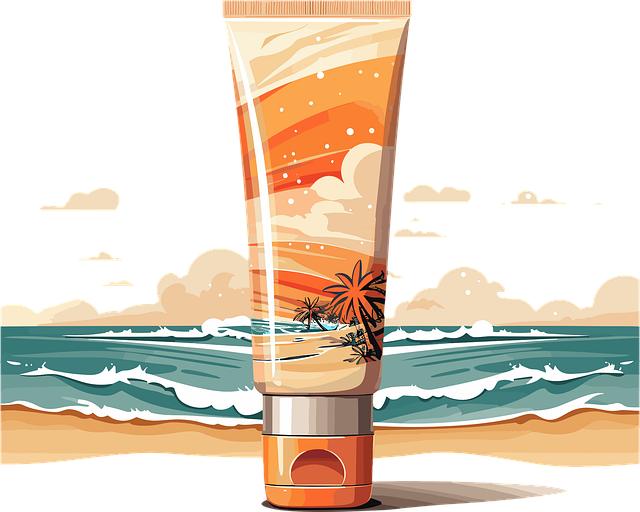Beneath the golden embrace of the sun, we often find ourselves reaching for that trusty bottle of sunscreen, confident in its promise to shield us from the sun’s fiery temperament. Yet, as we bask in sunlit reveries, a question lingers like a whisper on the breeze: Is your sunscreen truly standing guard, or is it merely a comforting illusion? In this sun-soaked narrative, we unravel the secrets of those protective lotions and potions, empowering you with the knowledge to ensure your skin remains as radiant and safe as the summer days are long. Prepare to embark on a journey through the world of UV rays, SPF myths, and the science that stands between you and the sun’s relentless rays.
Unmasking the Labels Decoding SPF and Broad-Spectrum Myths
When you’re standing in the sunscreen aisle, the labels can feel like a cryptic puzzle. SPF (Sun Protection Factor) numbers scream for attention, but what do they truly signify? SPF is a measure of how well the sunscreen can protect skin from UVB rays, the kind that cause sunburn and contribute to skin cancer. However, it’s crucial to understand that an SPF 30 is not twice as protective as SPF 15; it only offers about 3% more UVB protection. Higher SPF numbers, while tempting, may create a false sense of security, leading to less frequent application and increased exposure to harmful rays.
Then there’s the term Broad-Spectrum—a badge of honor that promises protection from both UVA and UVB rays. Yet, not all broad-spectrum sunscreens are created equal. Look for ingredients like zinc oxide or avobenzone to ensure comprehensive coverage. Be wary of marketing gimmicks that claim complete protection; instead, consider these essentials:
- Reapply every two hours, especially after swimming or sweating.
- Use a generous amount—most people apply only 25-50% of the recommended amount.
- Combine with other protective measures, like wearing hats and seeking shade.
Decoding these labels is the first step in making an informed choice, ensuring your sunscreen is more than just a summer accessory.
Inside the Ingredients Shield The Key Components for Maximum Protection
When it comes to ensuring your sunscreen provides maximum protection, understanding its key components is crucial. A high-quality sunscreen should contain a blend of broad-spectrum ingredients that shield against both UVA and UVB rays. Here’s what to look for in your sunscreen’s ingredient list:
- Avobenzone: Known for its effectiveness in absorbing the full spectrum of UVA rays, protecting your skin from premature aging.
- Octocrylene: This ingredient stabilizes other sunscreen agents and offers added protection against UVB rays.
- Zinc Oxide: A mineral filter that provides a physical barrier on the skin, reflecting both UVA and UVB rays, perfect for sensitive skin types.
- Titanium Dioxide: Often used in combination with zinc oxide, this mineral filter offers robust protection and is less likely to cause irritation.
These components work synergistically to form an invisible shield on your skin, ensuring you stay protected under the sun’s harsh rays. When choosing your sunscreen, make sure these power players are part of the mix to guarantee comprehensive defense.
Applying with Precision Expert Tips for Optimal Sunscreen Use
Ensuring your sunscreen is applied with precision can make all the difference between effective protection and a sunburn disaster. Here are some expert tips to optimize your sunscreen use:
- Choose Broad-Spectrum: Opt for a broad-spectrum sunscreen to shield against both UVA and UVB rays. These rays can cause premature aging and increase the risk of skin cancer.
- Apply Generously: Don’t skimp! Use about a shot glass full of sunscreen to cover your entire body. Most people only apply 25-50% of the recommended amount.
- Layer It Up: If you’re using other skincare products, apply sunscreen last to ensure it forms a protective barrier. Let it absorb for a few minutes before applying makeup.
- Mind the Time: Reapply every two hours, or immediately after swimming or sweating. Even water-resistant formulas lose effectiveness over time.
- Don’t Forget the Spots: Pay special attention to often-missed areas like the ears, neck, tops of feet, and the back of your hands.
By following these tips, you’ll not only optimize your sunscreen use but also confidently step out knowing you’re well-protected against the sun’s harmful rays.



